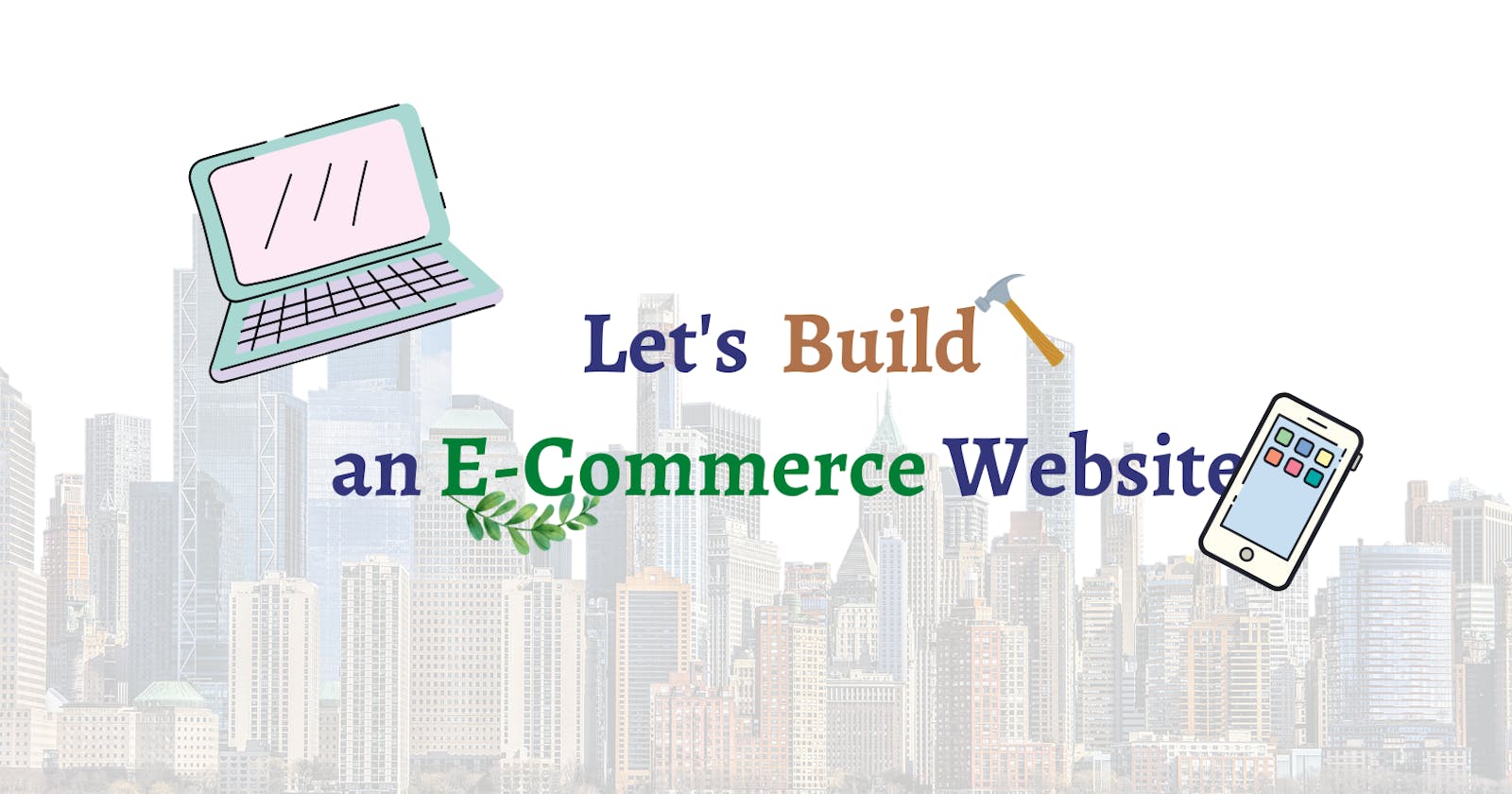 in this series of articles, I will show you 3 different ways of creating e-commerce website
in this series of articles, I will show you 3 different ways of creating e-commerce website
1. Easy (for the startups with a low 💰)
don't over-engineer the website if you are starting since there are plenty of tools available which will help you to get into the market quickly with little effort
- Development
- Use website builders like shopify, woocommerce,bigcommerce & wix etc
- Payment (*for india)
- Delivery (*for india)
- delivery services like Delhivery, shiprocket, speed post etc.
- Marketing
- SEO, Google ads, Social media, influencers & content creation
- Deployment
- choose appropriate plan from your website builder
👉 shopify
- it is
hostedonline store & you will be billed according to the plan you have selected, so it's like renting the house - pros
- relatively easy for beginners and lots of content & youtube videos are available to get started
- themes can be customized
- you can extract your data with shopify api
- it has around 10,000+ employees, it matters because they are managing our e-commerce store
- shopify app store
- cons
- not everything is free, you have to pay for some themes, apps & transaction fees
- it is not as much flexible as woocommerce or custom website
👉 woocommerce
- it is the WordPress plugin which can convert any WordPress website into powerful e-commerce site
- if you are familiar with the Wordpress eco-system then this is just one more plugin for you, for others learning would take effort
- pros
- large community
- fully customizable
- cons
- paid extentions
2. Medium (growing business)
- separate frontend from the backend & use Rest API or GraphQL for communication
If you don’t want to reinvent the wheel then here are some open-source headless eCommerce projects
Monolithic architecture as the backend is sufficient
- Modules of the E-Commerce Plateform
- Customer Service -> responsible for customer info
- Payment Service -> payment processing, digital wallet
- Order Management -> cart management for all the customers
- Product Service -> product information with reviews
- Inventory Management
- Authentication Service -> authentication & authorization of regular user & admin
3. Sophisticated (mature)
- if your e-commerce business is booming, people love your brand & you have enough money then this is the right time to adopt microservice based architecture
- here we will create one microservice for each module mentioned above, each microservice will have its own database.
- microservice communication protocols
- sync -> HTTP
- async -> gRPC, AMQP(with kafka, RabbitMQ)
well, that's enough for now, see you in the next article bye bye :)
